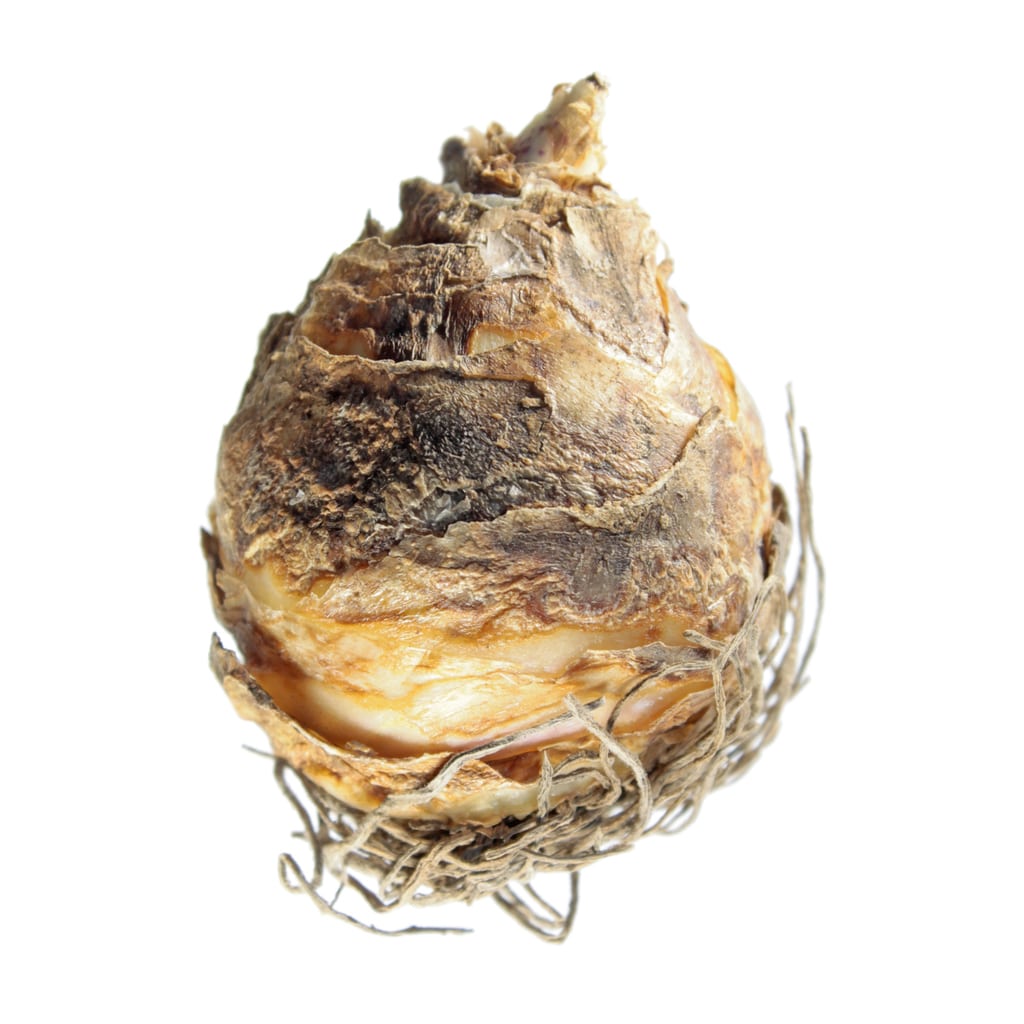Pineapple Lily Cold Tolerance: Learn About Pineapple Lily Winter Care


Pineapple lily, Eucomis comosa, is a striking flower that attracts pollinators and adds an exotic element to the home garden. This is a warm climate plant, native to South Africa, but it can be grown outside the recommended USDA zones of 8 through 10 with the right pineapple lily winter care.
About Pineapple Lily Cold Tolerance
Pineapple lily is an Africa native, so it is not adapted to cold winters and is not cold hardy. This pretty plant is striking in the garden, with spikes of showy flowers that resemble pineapple fruits. It’s a great choice for warm climate gardens, but it can also be grown in colder regions with the right care. If you leave the bulbs out in the garden over the winter they may become injured. Injury is seen on pineapple lilies at temperatures below 68 degrees Fahrenheit, or 20 degrees Celsius. However, with good care for pineapple lily bulbs in winter, you can rely on these plants to produce lovely flowers throughout much of the summer and into fall, year after year.
Winter Care for Pineapple Lilies
In zones that are too cold for these plants, it makes sense to grow them in containers. This makes overwintering pineapple lily plants easier. You can keep them outside in the summer, situating the pots wherever you like, and then carry them in for winter. If you do plant them in the ground, expect to dig up the bulbs each fall, store them over winter, and replant in the spring. As the plant begins to yellow and die back in the fall, cut off the dead leaves and reduce watering. In warmer zones, like 8 or 9, put a layer of mulch over the soil to protect the bulb. In zones 7 and colder, dig up the bulb and move it to a warmer, protected location. Move the entire container if grown in a pot. You can keep the bulbs in soil or peat moss in a location that won’t dip to temperatures below 40 or 50 degrees Fahrenheit (4 to 10 Celsius). Replant the bulbs outdoors, or move the containers outside, only when the last chance of frost has passed in the spring. The bottom of each bulb should be six inches (15 cm.) below the soil and they should be spaced about 12 inches (30 cm.) apart. They will sprout and grow quickly as they warm, ready to give you another season of gorgeous blooms.
Sign up for the Gardening Know How newsletter today and receive a free copy of our e-book "How to Grow Delicious Tomatoes".

Mary Ellen Ellis has been gardening for over 20 years. With degrees in Chemistry and Biology, Mary Ellen's specialties are flowers, native plants, and herbs.